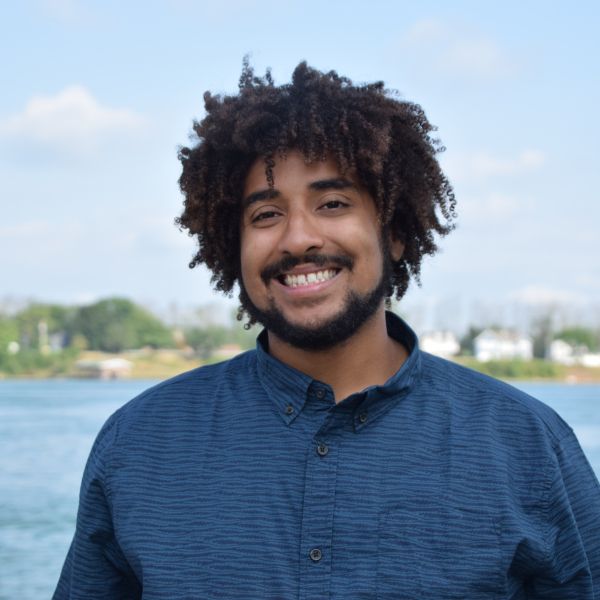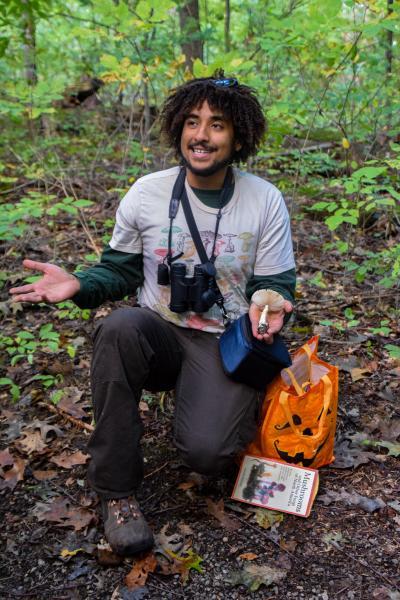Image

-
Marcus Rosten
Aquatic Ecology Teacher, Buffalo Public Schools
- 30 Under 30
- 2020
Buffalo, NY, United States
Age: 27
Marcus is a naturalist focused on connecting communities to their watersheds, using the principles of environmental justice to foster the next generation of environmental stewards.
How are you using education to build more sustainable and equitable communities?
Education is important because the health of a community is inextricably linked to the health of its waterways and the land use history of the region. Teaching the Young Environmental Leaders Program (YELP) with the non-profit organization Buffalo Niagara Waterkeeper, I worked with students suffering some of the worst environmental injustices to explore those hazards and learn progressive restoration solutions, while exploring potential careers in the field. It is shocking that students living streets away from one of the worst environmental catastrophes that helped spark the environmental movement, Love Canal, were unaware of the poison still buried next to their homes. Students learned methods to test the health of their waterways and ecosystems through hands-on sampling and community science projects. Once students become aware of the health hazards in their own backyards, they are instantly inspired to become stewards of their community and are empowered to turn that spark into activism.

Ever since I was a kid, all I have ever wanted was to be outside. It was one summer on a family trip to a local state park that I took my first ever hike in the woods with a naturalist. I was instantly mesmerized. She was able to point out and give names to the diversity of life that surrounded me, but seemed invisible before that moment. This inspired me to pursue a degree in Environmental Education and Interpretation at the SUNY College of Environmental Science and Forestry. With my degree, I have worn many different hats in the field of conservation. I have led Junior Ranger Programs in our national parks, taught in-school and place-based environmental education programs with non-profits and nature preserves, and worked as a technician for state and federal agencies, conducting wildlife surveys, managing habitats, and monitoring invasive species.
What advice would you give to the next generation of leaders?
Work to make your movement and efforts as inclusive to everyone as possible. Often those in our most disadvantaged communities have barriers that prevent them from participating in the standard environmental education programs. Going forward we must think outside of the norms to reach as many people as possible and meet them where they are. We need to design programs with the community in mind, and work to eliminate barriers to participation.

The revival of the Great Lakes is a story that gives me inspiration. I am lucky to live in one of the most beautiful ecosystems in the world, but just a couple of decades ago the river that flows through the City of Buffalo was so polluted that it literally caught fire. Our waterways were devoid of life and were primarily thought of as a receptacle for waste. Thanks to the work of local community members coming together to advocate for fishable, swimmable, and drinkable waters, coupled with smart government policies, our waterways are undergoing a restoration transformation. Today our rivers are teeming with life, hubs of recreational activity, and a source of pride for the community. This comeback story is one that we can all work to emulate and gives me hope for the future.
What are you happiest doing?
My happiest days are spent exploring the outdoors. During the winter, I am always looking for the next opportunity to strap on my skis and catch a chairlift to the top of a mountain. When spring comes, I spend as much time birding as possible as thousands of birds migrate through the lower Great Lakes on the Atlantic Flyway. My happiest summer days are spent kayaking and swimming in the Niagara River and the other waterways of Western New York. Then as fall arrives and the leaves of the Northeast begin to change colors, I can be found in those woods looking for fungi and birds on their way back south.